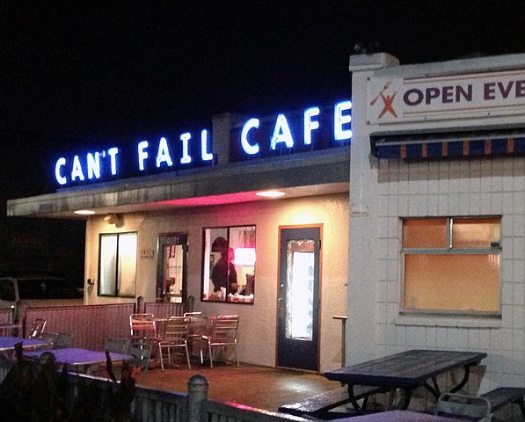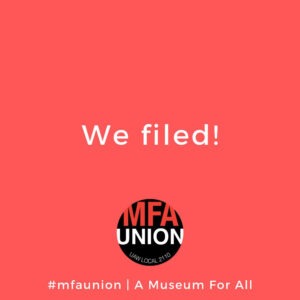
June 18, 2017; The Verge
Along with the Ford Edsel, Colgate’s beef lasagna frozen TV dinner, Sony’s Betamax, and Harley-Davidson’s “Hot Road” cologne, more than 70 innovation failures are showcased at the Museum of Failure in downtown Helsingborg, Sweden. Trump: The Game, modeled after the board game Monopoly, is also there. Here, here and here are videos that take you inside the museum.
Dr. Samuel West developed the idea for the museum while studying for a PhD in Organizational Psychology at Lund University (his dissertation was on Playing at Work). West is the CEO and co-founder of SuperLab, and he curates the Museum of Failure. West asserts that playfulness, being allowed to fail, is an important element of success.
The exhibition is presented in Swedish and English. Like the one-day FailCon conferences, West shows that mistakes are a necessary risk on the road to innovation. The museum is currently on tour and is scheduled to be in New York City sometime in September.
While it’s easy to cluck at terrible products like the $200 TwitterPeek (a device which could only access Twitter), West’s intention with the museum is purely altruistic. “We know that 80 to 90 percent of innovation projects, they fail and you never read about them,” he says, “And if there’s anything we can do from these failures, is learn from them.”
Failure is the cost of innovation. The missteps of the world’s first personal digital assistant, the Apple Newton in 1993, led the world eventually to the iPhone and iPad.
Sign up for our free newsletters
Subscribe to NPQ's newsletters to have our top stories delivered directly to your inbox.
By signing up, you agree to our privacy policy and terms of use, and to receive messages from NPQ and our partners.
“I’ve made billions of dollars of failures at Amazon.com,” Jeff Bezos said in 2014. “Literally billions. Companies that don’t embrace failure and continue to experiment eventually get in the desperate position where the only thing they can do is make a Hail Mary bet at the end of their corporate existence.”
Pundits are always positing that nonprofits should think more like for-profits. One particular failure in the Museum of Failure that evokes this message is the “Bic for Her” pens that urged women to “Think Like a Man.” Bic took a useful idea (market segmentation) and over-extended it to an insulting degree. This was not unlike taking the useful idea that nonprofits need to continue to innovate and over-extending the argument by cherry-picking points that gave rise to the insulting title, “The way we think about charity is dead wrong.”
Do nonprofits innovate? As much as IRS rules and our respective missions, boards of directors, and sources of revenue permit. Do nonprofits apply business principles? Yes, obviously, all the time. Here is NPQ responding to yet another “body slam on the sector” ignorantly and arrogantly put forth by the Wall Street Journal.
In at least one aspect, mission-driven nonprofit innovation differs from for-profit innovation. The Panama Papers investigation was awarded the Pulitzer Prize for Explanatory Reporting. More than 300 reporters on six continents worked generously and quietly together for more than a year to expose the hidden infrastructure and global scale of offshore tax havens. However, the success of the International Consortium of Investigative Journalists (ICIJ) in coordinating the Panama Papers investigation resulted in a financial crisis of its own.
At least in Silicon Valley, failure is treated as a badge of courage, to “fail fast.” “I genuinely believe that as a society we underestimate failure,” West told NBC News. “We are too obsessed with success.”
The Museum of Failure celebrates commercial disasters that drive success. Should there be a museum to celebrate nonprofit failures? Until there is, there is NPQ and its archives. NPQ offered ICIJ an encouraging word, recalling its own touch-and-go days of risk-taking, in “On Surviving Real Innovation: A Letter to the International Consortium of Investigative Journalists.”—James Schaffer













